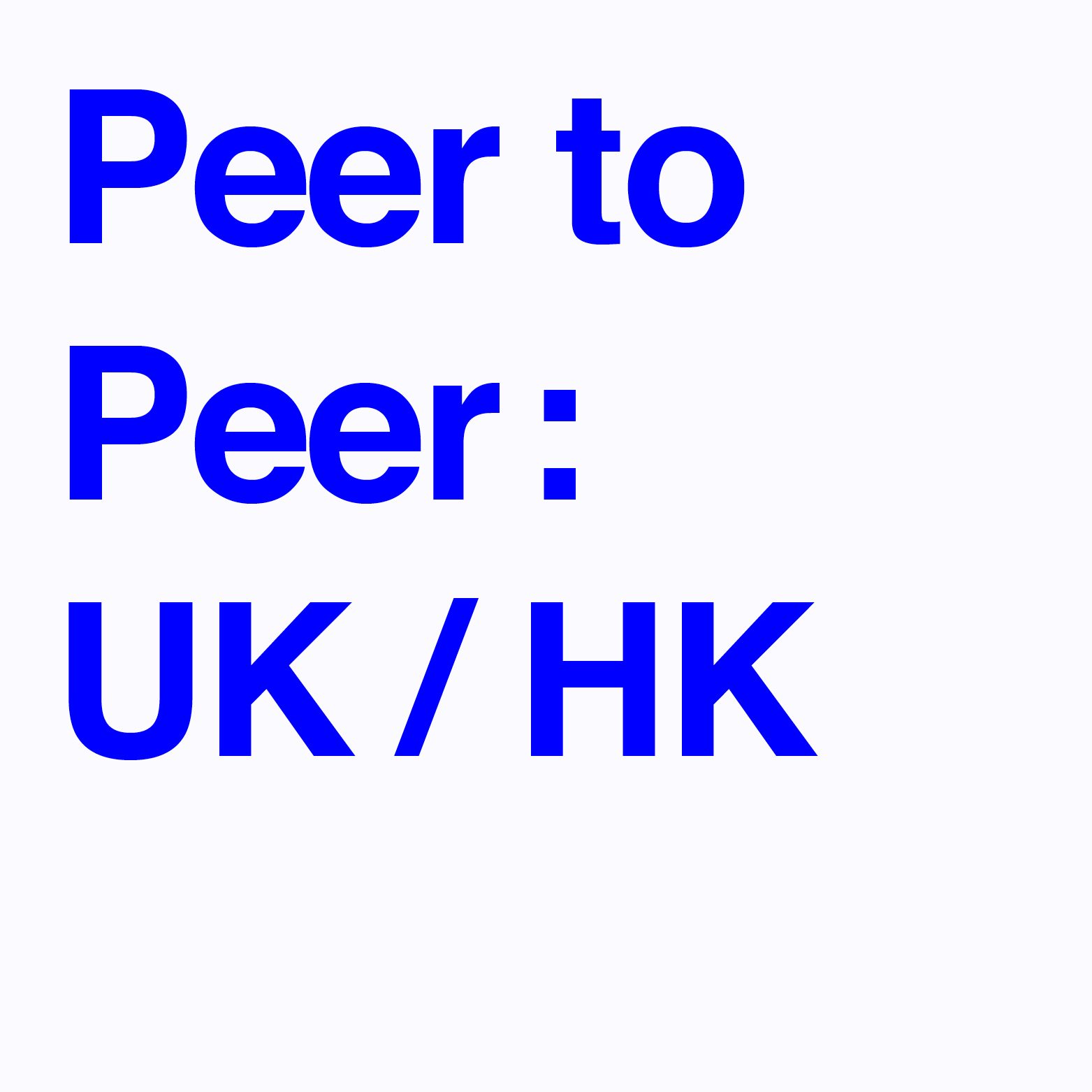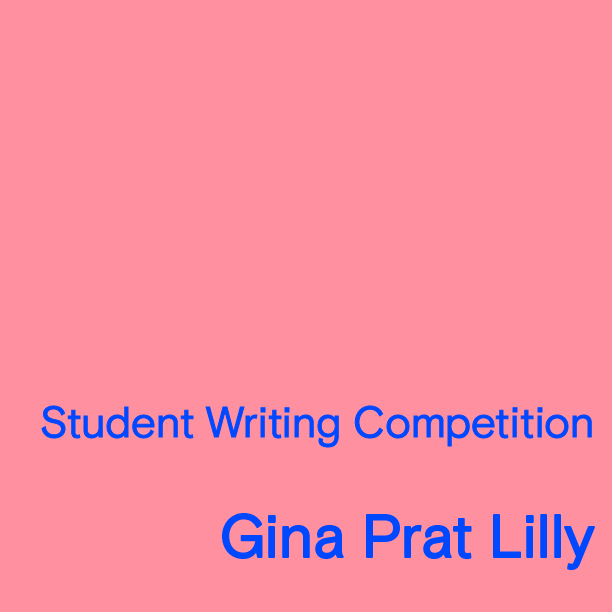A creative critique of Omid Asadi’s film ‘Scuffle Tussle Struggle’ (Ways of Being Together).
- Push your shoulder up against language and it will push
back against you. - If a body has the language of gesture, then language, too,
gestures to us from a body. - This body is neither wholly naive. Nor is it wholly ungodly.
- Scuffle, tussle, struggle with language, and it will gesture
back saying “My body, too, bears the scars. We have
accrued through centuries.” - Clay is the first, known, writing medium. Clay is the first
material witness to oral communication, an attempt to
render permanent our soluble articulations. - The earliest clay writing tablets hail from Mesopotamia, as
early as 2900 BCE. - A cuneiform script is pressed into their surface with a
reed. - Clay and its absence are the first, known, writing medium.
- The absence of clay is: impressions, indentations, wedges,
protrusions, reliefs, light, shadow. - A script, though not itself a language, is perhaps a gesture
towards language. - Notice how languages moves with and against you. Feel it
in the curl of your tongue and your lips puckered in
unfamiliar ways. - Caress language. Grasp, gently, its contours. Press your
fingers onto its slick surface, find the wet crevice. Dig your
hands into its flesh. - From this soft place, pull and push it into another shape.
To repair language is to at once suture it and tear it down. - This is not easy.
- Language can cede under pressure, crumble in our hands.
- Forgive language for its failure.
- Translation cries “Let me help you.” Then trips and
mumbles over its own words, drops and crushes all that is
left. - Translation presses that misshapen and lovely thing into
your hands and says “Look at this. Look at this thing I wish
to share with you.” - You admit that this lovely thing will have to be enough.
- The Cyrus Cylinder (539–538 BCE) is an Ancient
Mesopotamian clay cylinder from the First Persian Empire.
Its surface, etched with Akkadian cuneiform script, sets
forth the decree of Cyrus the Great, the new king of
Babylon, allowing for the preservation of local languages, faiths, and traditions, after the Persian conquest of the city. - It is considered by some to be the first declaration of
Human Rights. - If you find this anachronistic, language might agree with
you. - If you acknowledge this is a nice gesture, language might
agree with you. - Mesopotamian unfired clay tablets could be soaked in
water and recycled into new, clean tablets ready for reuse. - Each and every articulation is soluble.

